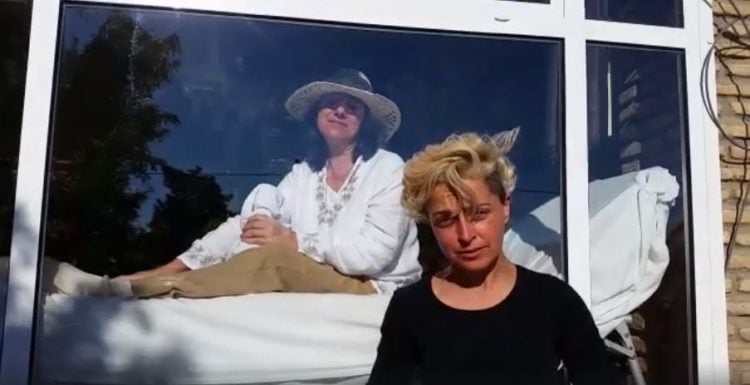53-year-old Juana Munoz, from Cadiz, Spain, has been living in a custom glass cage for the last 13 years. It is her prison, but also the very thing that keeps her protected from all the things that would otherwise kill her.
After being diagnosed with four life-threatening conditions – multiple chemical sensitivity (MCS), fibromyalgia, chronic fatigue syndrome and electrosensitivity – Juana Munoz had no choice but to isolate herself inside a 25-meter glass cage. She cannot leave that space without following a very strict protocol, and anyone coming in must first shower with chemical-free cleaning products and wear only organic cotton clothes. The most painful thing is that her family cannot touch, let alone hug her without putting her life in danger. Juana’s two children, aged 26 and 29, are only allowed to hug her two times a year, and only after undergoing several days of preparation.








